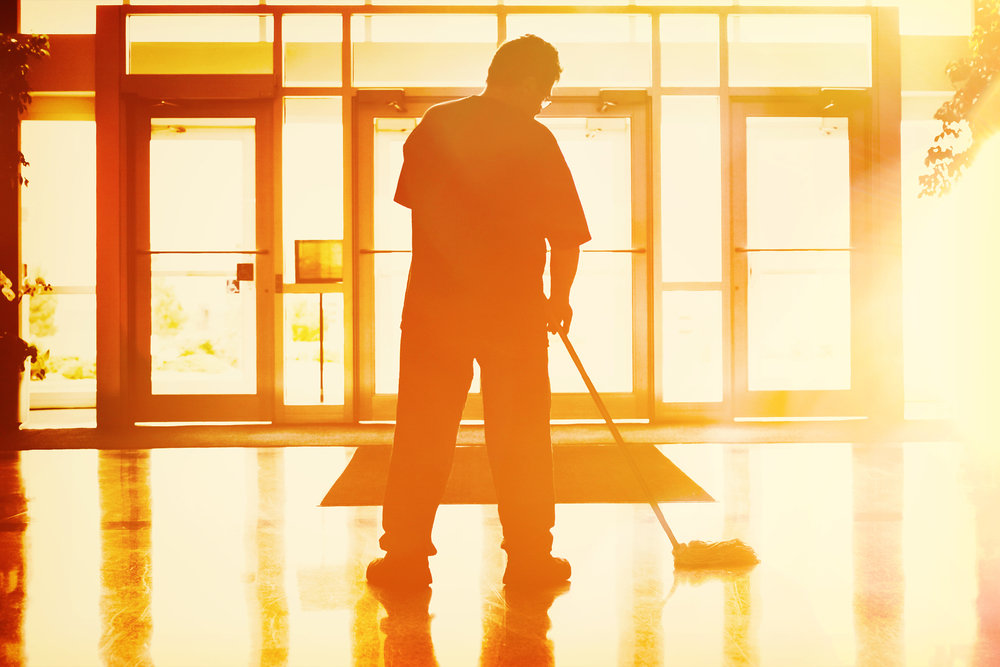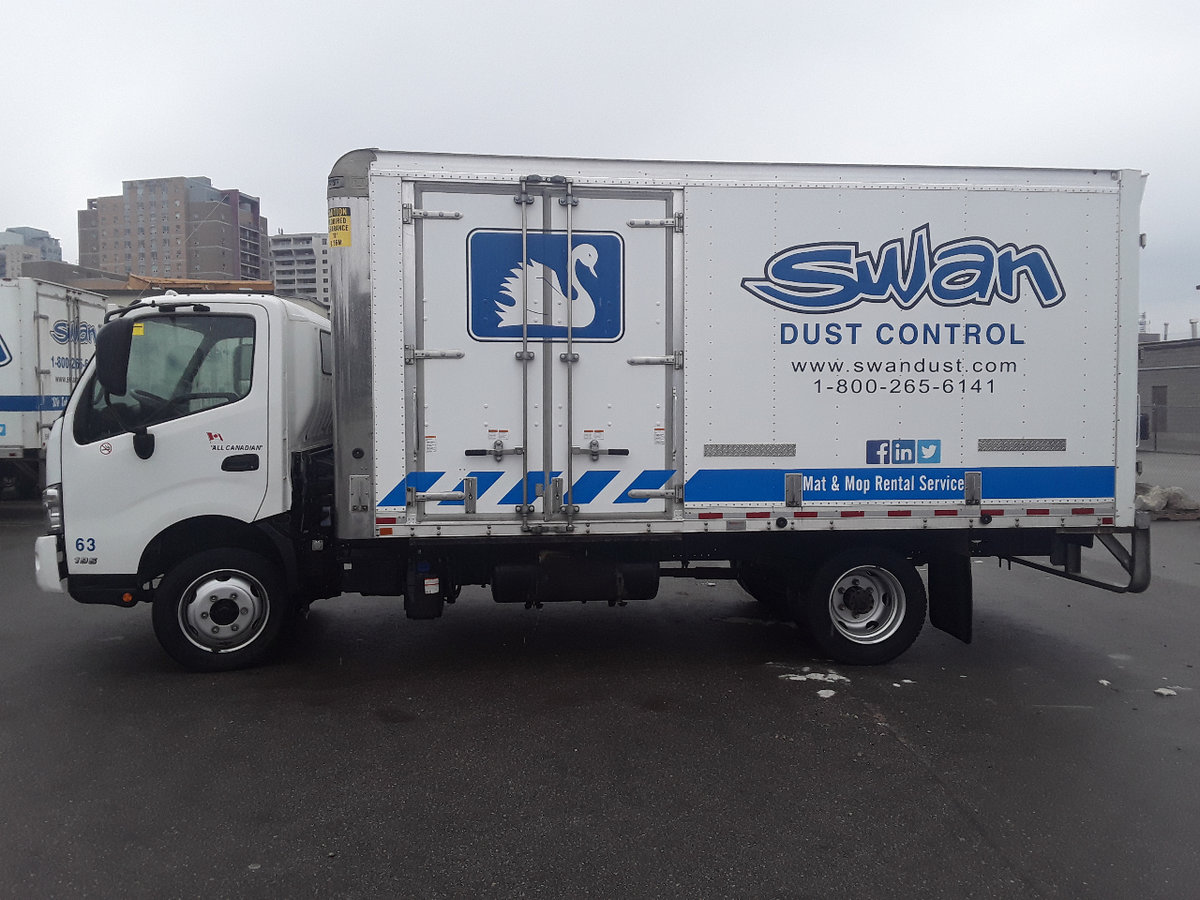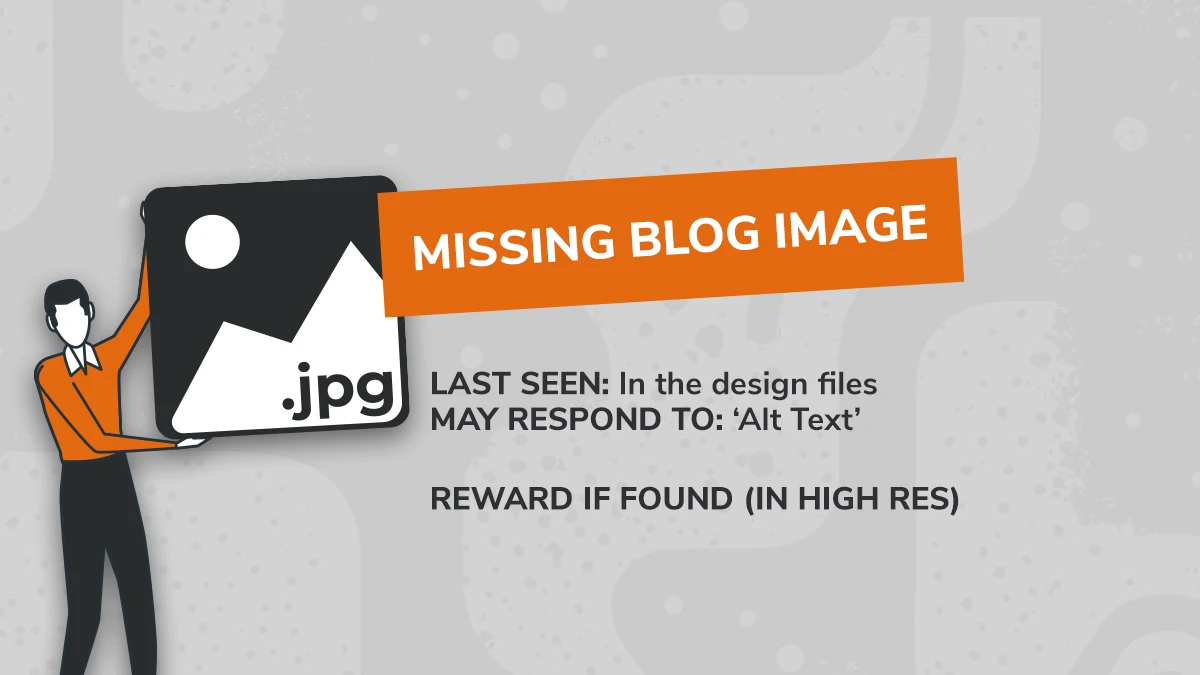The Hidden Costs of Dirty or Worn-Out Mats

When was the last time you really looked at the mats in your business? They’re often the first thing customers step on when entering your space — but they’re also one of the most overlooked aspects of facility maintenance.
While mats are designed to protect your floors, enhance safety, and keep your business clean, they only work if they’re in good condition. Dirty, worn, or neglected mats can actually do more harm than good, costing your business money in ways you might not immediately see.
Let’s take a closer look at the hidden costs of dirty or worn-out mats and why maintaining them should be a top priority for every business owner.
Increased Cleaning Costs
One of the primary purposes of entrance mats is to trap dirt, dust, and moisture before it spreads throughout your facility. A high-quality, well-maintained matting system can stop up to 80% of dirt and debris at the door.
But when mats are dirty or worn down, they lose their effectiveness. Dirt, sand, and moisture get tracked inside, spreading across your floors. The result?
- More frequent vacuuming, mopping, and scrubbing.
- Greater wear and tear on cleaning equipment.
- Increased labour hours spent on cleaning instead of more valuable tasks.
According to the International Sanitary Supply Association (ISSA), it can cost $500–$700 to remove just one pound of dirt once it’s inside a building. Over time, that adds up to thousands of dollars in extra cleaning expenses — all because the mats at your entrance stopped doing their job.
Higher Risk of Slip-and-Fall Accidents
Dirty mats saturated with moisture or worn mats that curl at the edges can create dangerous conditions for both customers and employees. Instead of preventing slips, they actually increase the risk of accidents.
Consider these stats:
- Slips, trips, and falls account for over 40% of workplace injuries in Canada.
- The average slip-and-fall claim costs businesses $15,000–$30,000.
- Legal fees, insurance hikes, and lost productivity can push those costs even higher.
A worn-out mat with frayed edges or inadequate traction can easily become a liability. By failing to replace or service mats on time, businesses expose themselves to unnecessary risks — and potentially devastating financial consequences.
Damage to Flooring
Commercial flooring is a major investment. Whether you have tile, vinyl, carpet, or hardwood, replacing it is expensive.
- Vinyl or laminate: $3–$7 per sq. ft.
- Carpet: $5–$12 per sq. ft.
- Tile: $8–$15 per sq. ft.
- Hardwood: $15–$25 per sq. ft.
For a 10,000 sq. ft. space, replacement could cost $30,000–$250,000.
Worn mats that no longer trap dirt, sand, and debris allow these particles to act like sandpaper on your floors. Over time, they scratch, scuff, and dull the finish, shortening the lifespan of your flooring and leading to premature — and costly — replacements.
Negative Customer Impressions
First impressions matter. Studies show that customers form an opinion of your business within 7 seconds of entering. Dirty, stained, or frayed mats send a clear message: this business doesn’t care about cleanliness or attention to detail.
- A Harris Interactive survey found that 86% of consumers are turned off by dirty stores.
- Over 60% of customers said they would not return to a business after a negative cleanliness experience.
The hidden cost here isn’t just replacing a mat — it’s the lost revenue from customers who never come back because your entrance looked unkempt.
Poor Indoor Air Quality
Mats don’t just protect your floors — they also protect the air you breathe. Clean mats trap dust, pollen, and allergens, keeping them from circulating throughout your facility. But dirty mats saturated with debris stop filtering effectively and instead release particles back into the air.
This impacts more than just cleanliness:
- Employees may experience more allergies or respiratory irritation.
- Customers with sensitivities may feel uncomfortable in your space.
- Poor air quality contributes to absenteeism and reduced productivity.
The EPA estimates that indoor air can be 2–5 times more polluted than outdoor air — and neglected mats only make that worse.
Lost Employee Productivity
When mats aren’t doing their job, employees often end up spending more time cleaning up dirt, handling spills, or reporting safety hazards. That’s time taken away from their primary responsibilities.
On top of that, poor air quality and unsafe environments can reduce morale and increase absenteeism. A study by HLW International found that employees in clean, well-maintained workplaces are up to 5% more productive.
It may not sound like much, but in a 50-person office, that’s the equivalent of 100 hours of lost productivity per week — simply from overlooking details like mat maintenance.
Shorter Mat Lifespan Without Proper Care
Ironically, one of the biggest hidden costs of dirty mats is the mats themselves. When mats are left dirty for too long, dirt and debris wear down the fibres, causing them to fray, flatten, and lose their effectiveness more quickly.
This means you’ll be replacing mats more often than necessary — essentially throwing money away. Regular professional cleaning extends the life of mats, making them a far more cost-effective investment over the long term.
How to Avoid These Hidden Costs
The good news? Avoiding these hidden costs is simple. It comes down to proactive mat care. Here’s how:
1. Use a Mat Rental Program
Instead of buying mats outright and worrying about cleaning and replacements, a rental program ensures:
- Fresh, clean mats delivered on a set schedule.
- Dirty mats picked up and laundered professionally.
- Worn mats replaced before they become a hazard.
2. Choose the Right Mats for Each Area
- Exterior and interior applications.
- Food Service, kitchen, bars.
- Locker rooms, showers, restrooms.
3. Don’t Forget Mop Service
Even the best mats can’t stop 100% of dirt. Complement your mat program with professional mop rental and cleaning to keep floors spotless.
4. Inspect Regularly
Train staff to notice frayed edges, curling corners, or mats that appear saturated. Early detection helps prevent bigger issues.





